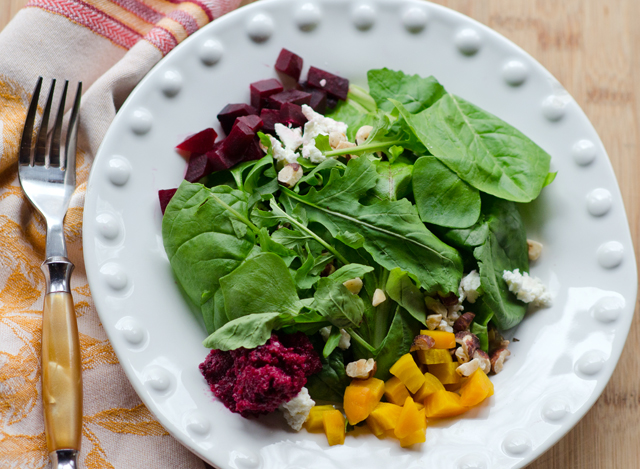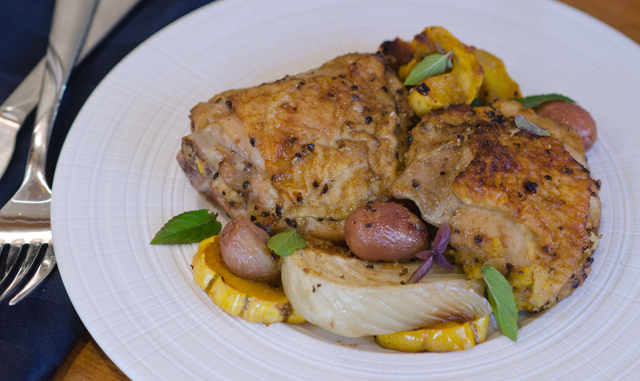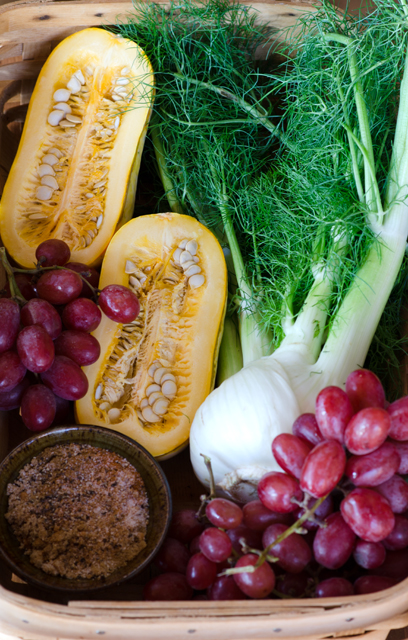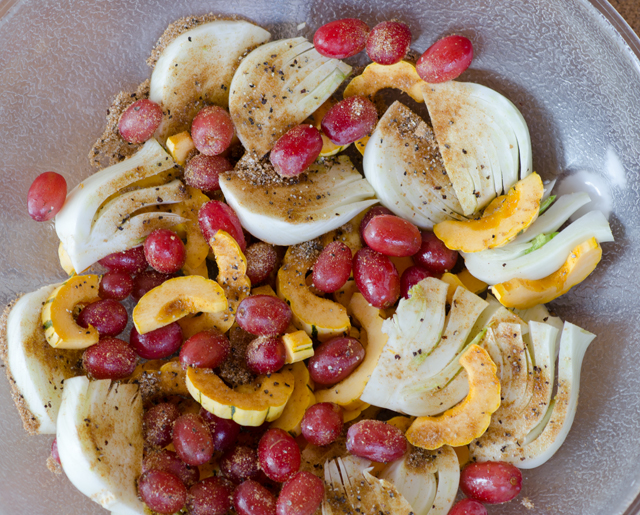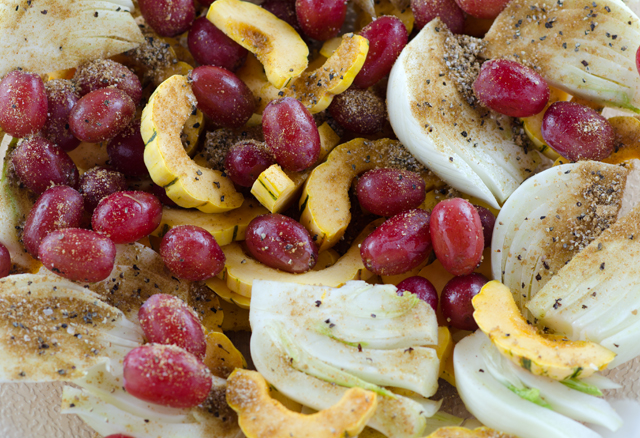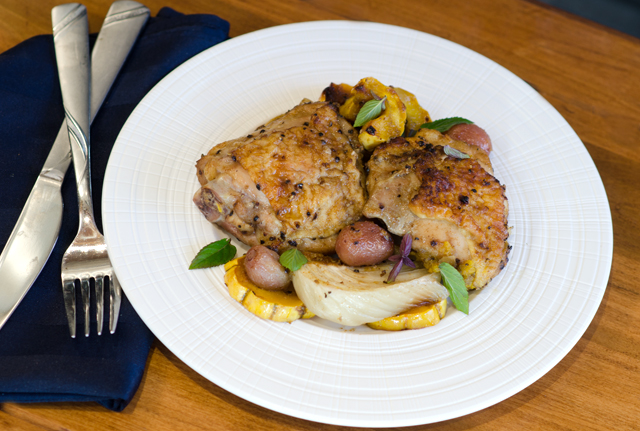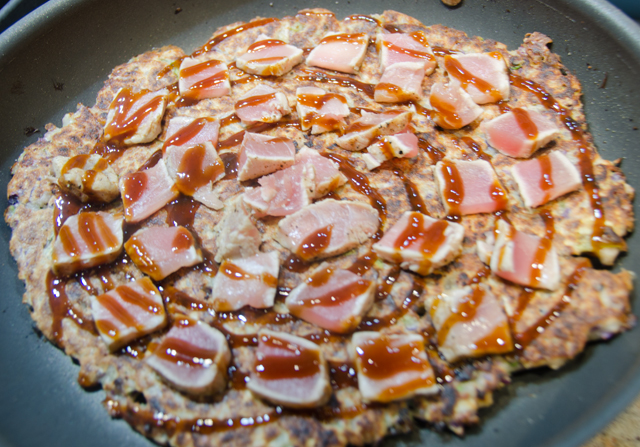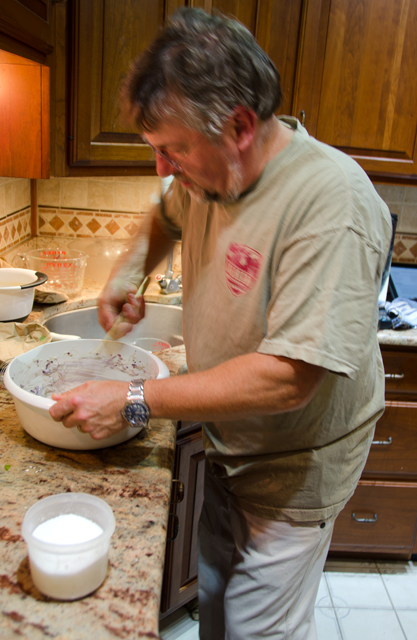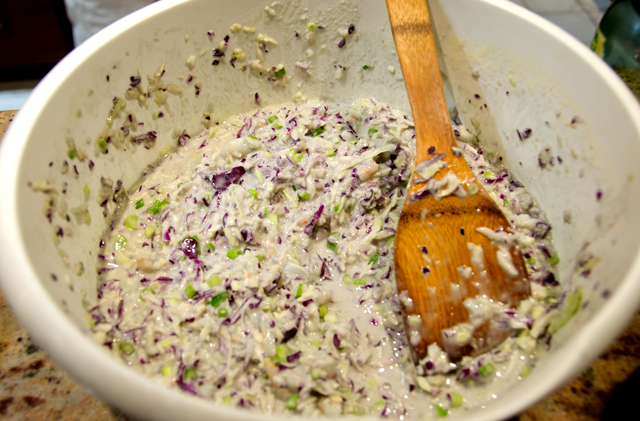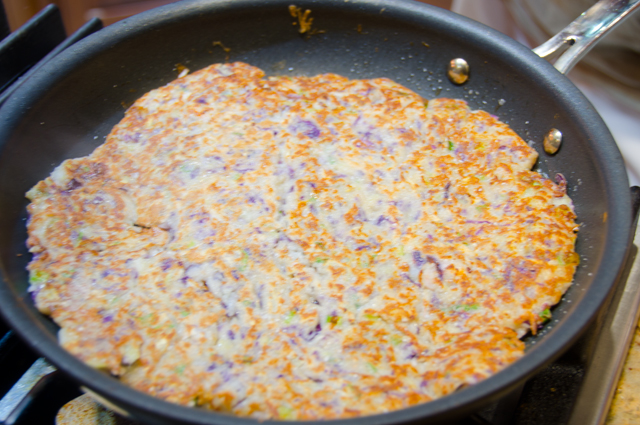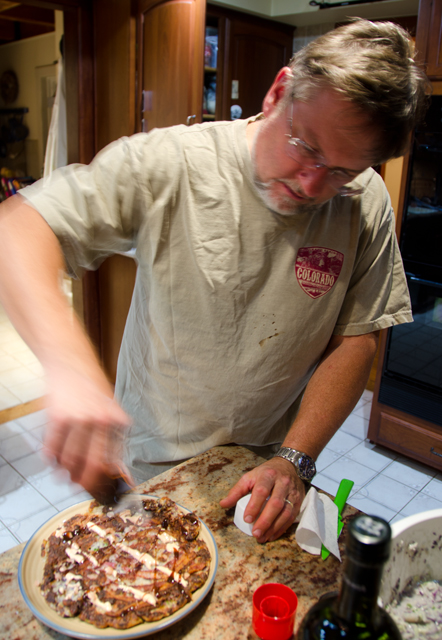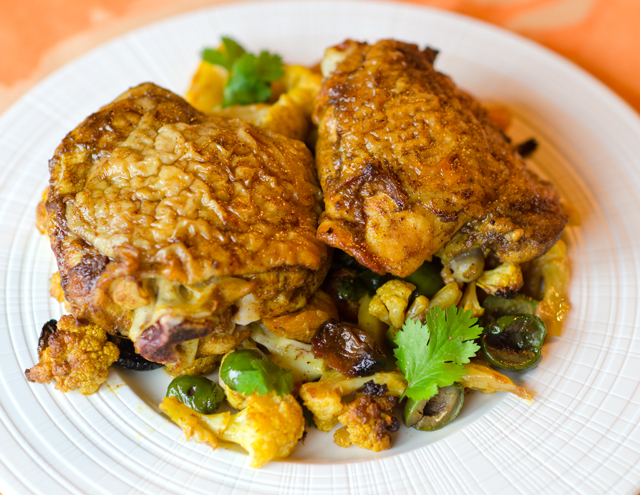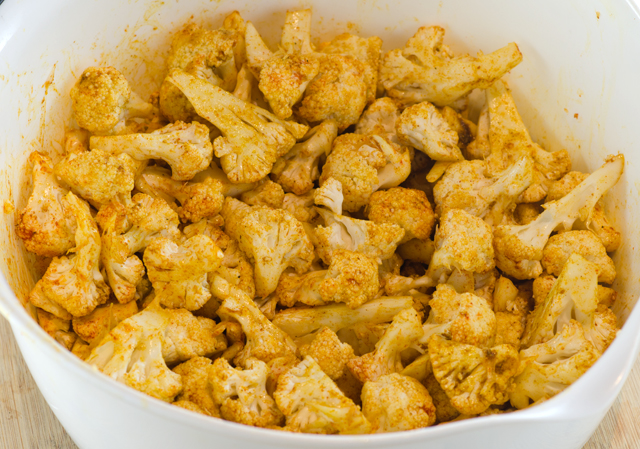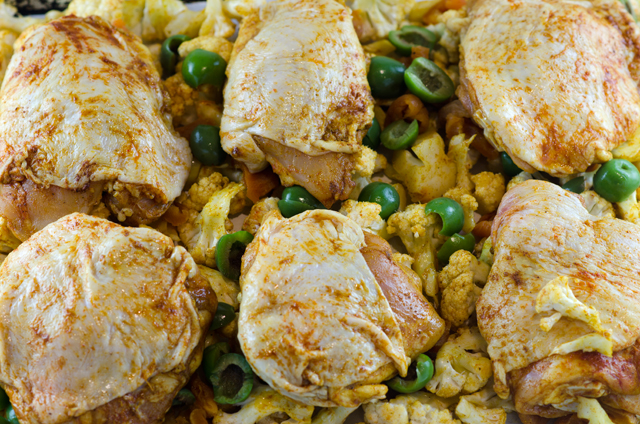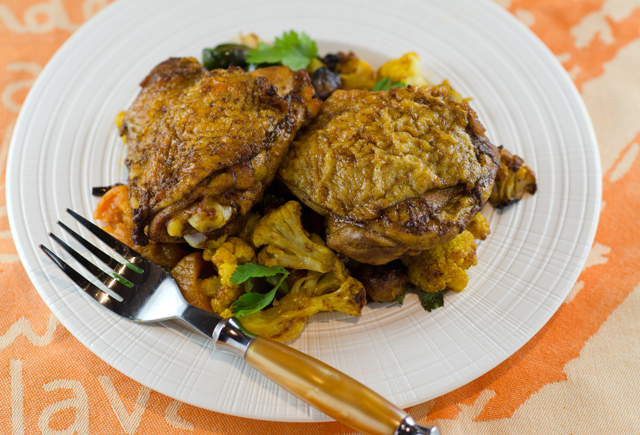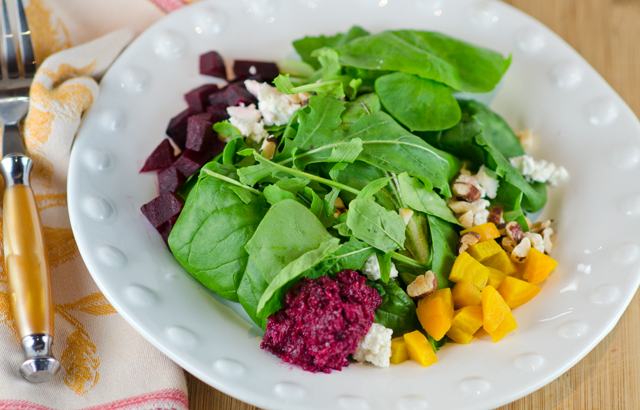 At the end of September we took a week long trip to Denver Colorado. Part of the time was fun, visiting Garden of the Gods, Pikes Peak, Rocky Mountain National Park, and the Denver Arboretum. Part of the time was study, well at least for Joe, he was attending the Family Medicine Experience, gaining CME (continuing medical education) in anticipation of the boards he took last week. All of the week was fun for me, I visited a local winery and a teahouse, went to Red Rocks, toured the Coors brewing facility (free samples) and went to a Mexican cooking demonstration at a Denver restaurant.
At the end of September we took a week long trip to Denver Colorado. Part of the time was fun, visiting Garden of the Gods, Pikes Peak, Rocky Mountain National Park, and the Denver Arboretum. Part of the time was study, well at least for Joe, he was attending the Family Medicine Experience, gaining CME (continuing medical education) in anticipation of the boards he took last week. All of the week was fun for me, I visited a local winery and a teahouse, went to Red Rocks, toured the Coors brewing facility (free samples) and went to a Mexican cooking demonstration at a Denver restaurant.
One of my main jobs in anticipation of any trip we take is to choose the restaurants we will enjoy that week. I take my responsibility seriously, and it took some arduous research to find the best restaurants. This was not our first trip to Denver, previous trips included dinners at the then trendy Rattlesnake Club, now closed and The Fort, a restaurant that serves “new foods of the old west”. On a more recent trip in 2004, we were one of the first to dine at the newly opened Frasca Food and Wine, now considered by many to be one of the best restaurants in the country. So the pressure was on.
I skip over the ads at the top of the search engine, any restaurant can call themselves “the best” and Trip Advisor is okay but sometimes a family friendly or a breakfast only spot can be at the top of the list. I prefer to look at the reviews of the local city magazine when I do this type of research, for that I turned to 5280 magazine which refers to Denver’s mile high altitude and their yearly ranking of the 25 best restaurants. I skipped over the restaurants that weren’t in Denver (sorry Frasca!) also steakhouses and sushi bars because I didn’t think they would provide enough of the local flavor. I read the reviews, perused the menus and looked for where they were in proximity to our hotel, we didn’t necessarily want to be driving all night to get to our destination.
I discovered there are a surprising amount of restaurants whose names include the word “and “, Stoic and Genuine, Beast and Bottle, Colt and Grey were all restaurants we ate at. That doesn’t include Work and Class, Olive and Finch, Hutch and Spoon. Definitely a trend.
Another trend, and one we definitely approve of, is the number of farm to table restaurants. Although we had enjoyable experiences at all of the restaurants we dined at, the one that really reminded us of eating at home was Root Down, an award winning “field to fork” restaurant, housed in what was once a circa 1953 gas station. Every course was thoroughly enjoyed and documented with a photo on the IPad. One of our favorites was a dish that Joe had, a roasted baby beet salad. The beets, both red and golden were served on a bed of arugula with goat cheese and toasted hazelnuts. There was a dollop of beet pesto (!) and the dressing was a basil vinaigrette artfully drizzed in circles on the plate.
Now, the job would be interpreting the dish at home. The beet harvest in the Kipp garden was over so my beets came from the farmers market (red) and the supermarket (golden).Since I was using greens from our garden greenhouse I had a varied selection to choose from, spinach, leaf lettuces, claytonia, upland cress and yes, some arugula. The cheese varied in the Instagram pictures I saw, sometimes it was a slice of a creamy goat cheese, other times it was crumbles of chevre. The cheese on the salad at Root Down was from Broken Shovel Farm, a local supplier. I used a chevre from Giggling Goat Dairy, a supplier I became familiar with this summer at our local farmers market. I stayed with toasted hazelnuts, but I think walnuts would work just as well.
Beet pesto was new for me and at first I wasn’t quite sure what qualified this as a pesto. It is usually a sauce that combines an herb, most often basil, with nuts, olive oil and cheese. The definition of the word that pesto originates from is pestare which means to pound or to crush, so it does qualify as a pesto. I combined cooked beets, a dash of red apple balsamic, toasted unsalted sunflower seeds, a little lemon juice and extra virgin olive oil. It turned into a delcious vibrant magenta sauce that would be great as a dip, tossed with pasta or as a sandwich spread.
I changed the vinaigrette to accompany the salad from basil, not in season now and not my first choice with beets to a tarragon vinaigrette. The anisy tarragon contrasts beautifully with the natural sweetness of the beets.
Roasted Beet Salad with Beet Pesto, Goat Cheese and Hazelnuts
For the Roasted Beets
Ingredients
- 1½ lb. each red and golden beets
Directions
- Preheat oven to 425°F. Wrap beets in foil packets, separating by color. Place on a baking sheet; bake until beets are slightly soft to the touch, 45 minutes to 1 hour depending on their size. Cool beets in packets, then rub off skins (use a paring knife for tough spots).
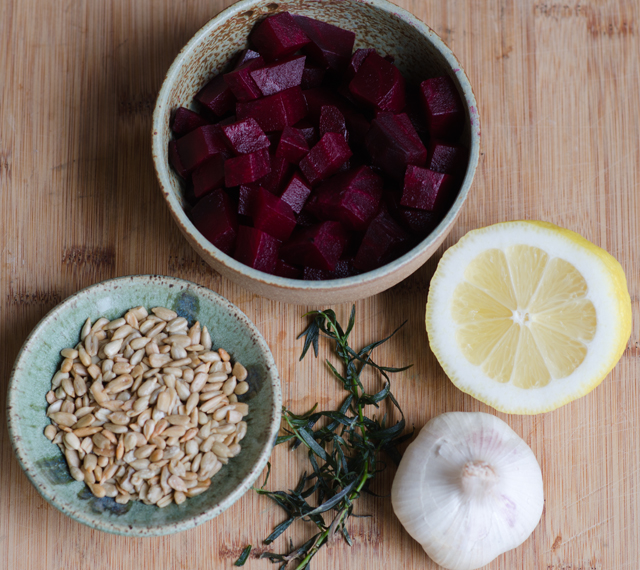
For the Beet Pesto
Ingredients
- 1c cooked, roughly chopped red beets
- 1 clove garlic, minced
- 1/3c roasted unsalted sunflower seeds
- 2T tarragon leaves
- 1T apple balsamic vinegar
- 1T lemon juice
- 1/4c extra virgin olive oil
Directions
- Place all of the ingredients in a food processor and blend until smooth.
For the Vinaigrette
Ingredients
- ¼c apple vinaigrette or a white balsamic
- ½c roughly chopped red beets
- 1t honey
- 1/3c extra virgin olive oil
- 2T tarragon leaves
Directions
- Combine all ingredients in a small food processor and process until well combined
Assembling the Salad
Ingredients
- 6-8 c Baby arugula- I used a combination of greens from our greenhouse that included arugula
- ½c toasted chopped hazelnuts
- 4oz crumbled goat cheese
- Roughly chopped roasted red and golden beets (from the first step)
- Freshly ground black pepper
Directions
- Add arugula to salad plates. Top with goat cheese, hazelnuts and chopped beets.
- Add a dollop of beet pesto to the plate
- Serve vinaigrette on the side.
- Add a grind of black pepper to each salad as desired.
